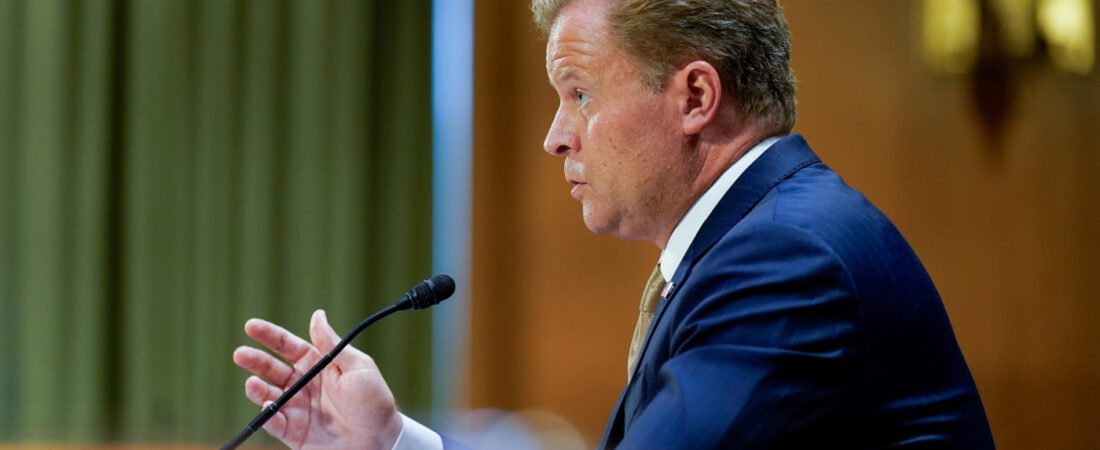US Cryptocurrency Regulation in Turmoil: Key Legislative Changes Impacting Digital Assets and Stablecoins


A key federal agency overseeing cryptocurrency regulation in the U.S. is experiencing internal upheaval just as the industry faces major changes in its legal landscape. Lawmakers in Congress are currently debating significant new crypto legislation, including the CLARITY Act and the GENIUS Act, which are expected to shape the future of digital assets and stablecoins in America.
At the center of the agency’s unrest are debates over how best to regulate rapidly evolving crypto markets. Some officials and stakeholders express concerns about the pace and direction of regulatory efforts, arguing that the U.S. must strike a balance between encouraging financial innovation and ensuring market stability. The recent push for clearer rules comes as other countries, particularly in Europe and Latin America, advance their own digital asset policy frameworks, threatening U.S. competitiveness in the sector.
A central controversy is the treatment of stablecoins—digital tokens pegged to traditional currency—which lawmakers have sought to address through the GENIUS Act. This law prohibits stablecoin issuers from paying interest to users, aiming to prevent stablecoins from functioning like unregulated banks. Critics counter that loopholes still exist, allowing some platforms to offer indirect incentives or “rewards” that closely resemble interest. The debate has spotlighted broader concerns about systemic risk and the potential for pseudo-banks to threaten the financial system without proper safeguards.
Meanwhile, the agency is also contending with calls for increased cybersecurity measures to match the growing sophistication of cyber threats targeting crypto platforms and critical financial infrastructure. Industry leaders and regulators alike emphasize the importance of strong oversight, data protection, and coordination to bolster public trust and resilience.
As the crypto industry awaits the resolution of legislative battles and internal agency reforms, the outcomes will likely determine the direction of U.S. digital asset policy and its role in the global financial system for years to come.

Leave a Comment